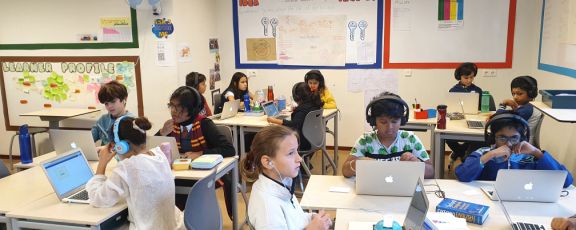By Lindsey Dudgeon, Leader of Primary Years and Kiah Fardell, Grade Level Coordinator Grades 2-3
The achievement column on your child’s report card tells you if your child is achieving the learning outcomes for their grade level. This will differ for every outcome and for every student. The achievement column is where you can see what students are able to do independently, or where they still need support.
Phases
To understand the phases, you need to zoom out a bit further as phases span over multiple grade levels. The phase numbers, therefore, do not change based on student ability. If you compare your child’s report cards from previous grades, you will see that they are moving through the phases every two or so years. The phase column on your child’s report card informs you how your child is developing over the years in Science, Social Studies, Language, Maths, PHE, Arts & Dutch. The phases for all PYP subject can be found in the “For Parents” section of our website. You can find the password in the school app.
How do we track student development?
If we again zoom out, we see that all subjects within the PYP are divided into 4 or 5 phases (with phase 5 continuing in the MYP). These phases represent the development of the student. That is why phases are not always linear, or age related. Not all students reach the same conceptual understanding or display the same knowledge or skills at the same age or in the same grade. Development of a student also depends on the subject and strands within this subject.
In the seven years of PYP (KG-Grade 5), we aim to teach the same outcomes multiple times. This means we do not expect students to master the outcome after being taught it once. Instead, we revisit learning outcomes (strands) throughout the programme, across the programme. With our teaching, we aim to always build upon prior knowledge of the students. In order to do this, students complete pre-assessments to guide our teaching and to ensure differentiation between students.
